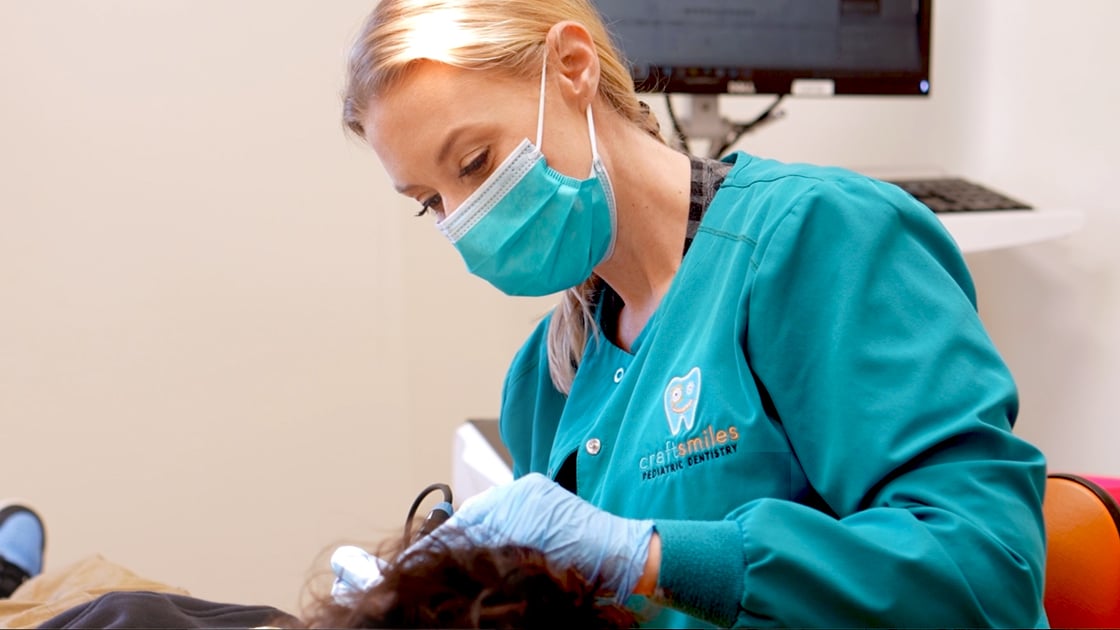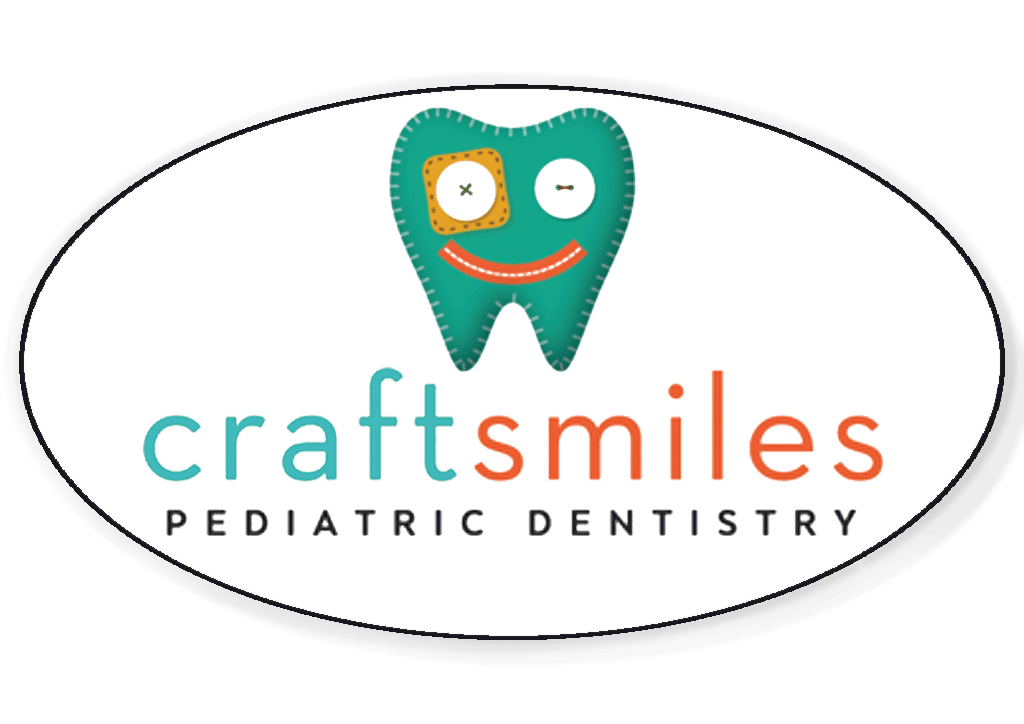
Local Anesthesia
Local anesthesia refers to a topical and/or injected anesthetic that will affect only the targeted area for a brief period of time to minimize or eliminate sensation or pain in that specific “localized” area during a dental procedure.
Nitrous Oxide
Nitrous oxide, sometimes referred to as “laughing gas” or “ice cream air” in our office, is an effective and safe conscious sedation agent that is inhaled through a mask that fits over your child’s nose. Mixed with oxygen, nitrous oxide allows the patient to breathe normally through their nose, and within minutes they should start to feel the effects. They may feel light-headed or notice a tingling sensation in their arms and legs. Some patients comment that their legs and arms feel heavy. Ultimately, they should feel comfortable and calm but still awake and able to communicate. The effects of nitrous oxide wear off quickly once discontinued and 100% oxygen is administered. Talk to the doctor about whether nitrous oxide would be a good option for your child.
General Anesthesia / Hospital Dentistry
General anesthesia uses medications to allow the patient to go to sleep while receiving dental treatment. Patients with high levels of anxiety, young patients who are pre-cooperative and/or patients with special needs may benefit from general anesthesia especially if there is extensive tooth decay or if surgical dental procedures are necessary. The doctor can discuss the risks and benefits of general anesthesia to help you decide if this is a good choice for your child.
